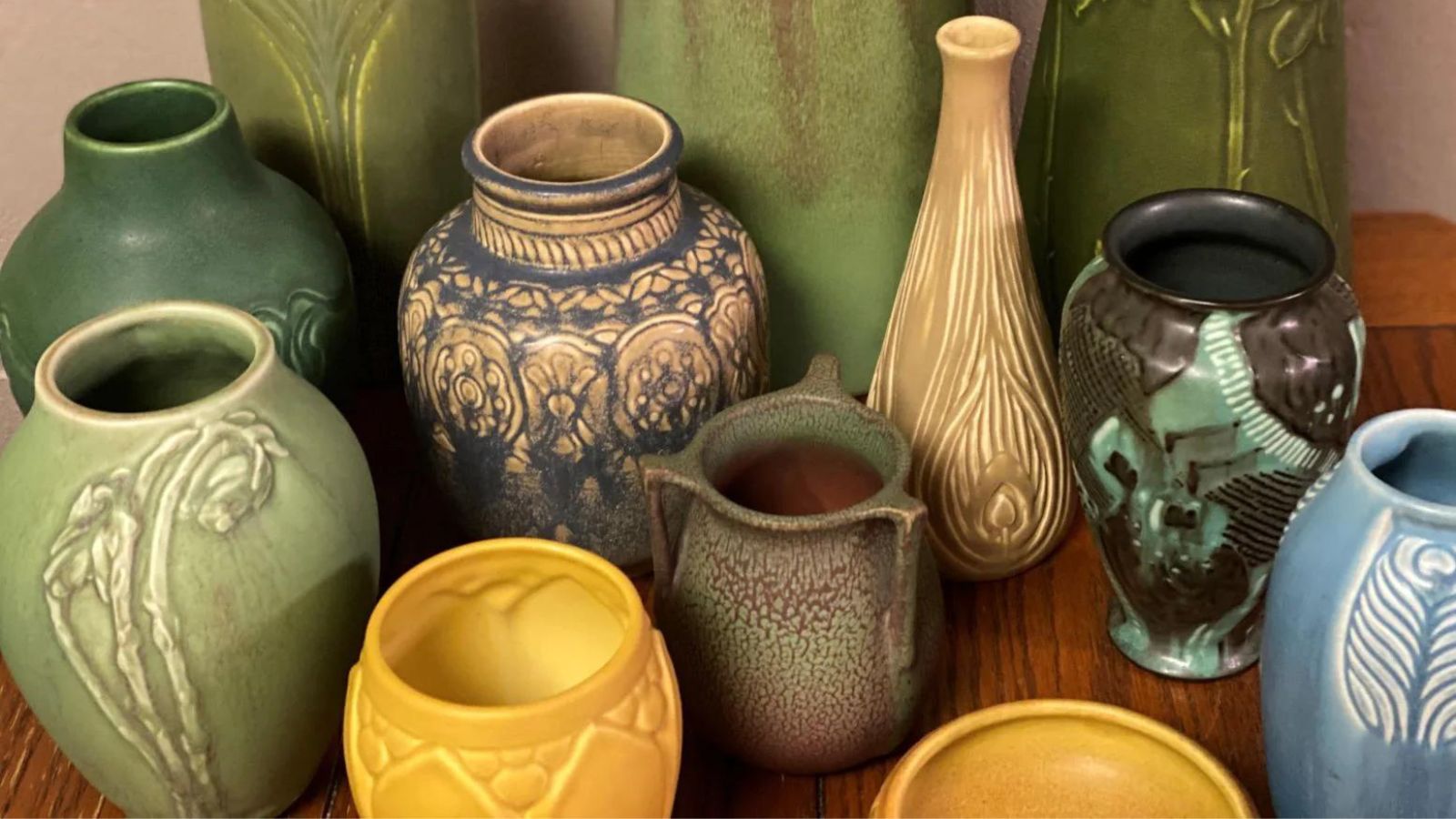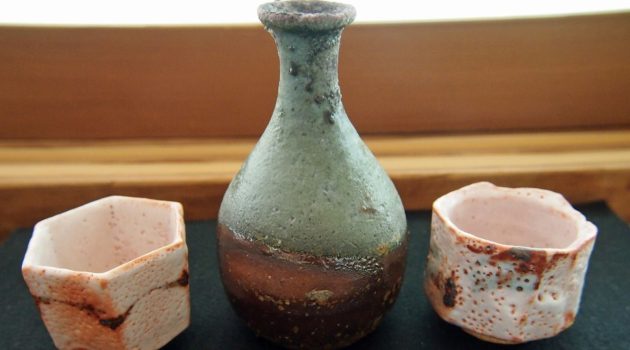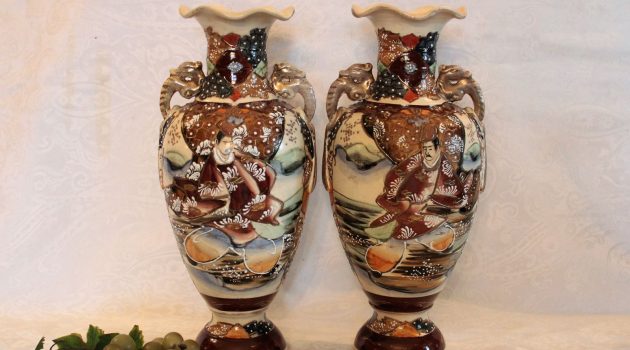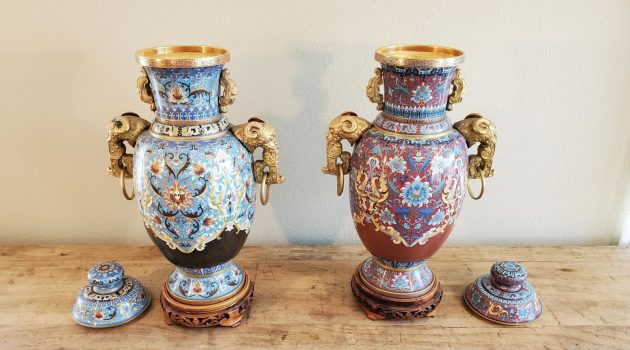Pottery, an ancient and beloved art form, is often perceived as expensive, and you might wonder what exactly contributes to its pricing.
Each piece of pottery encapsulates a blend of artistry and utility, bridging the gap between everyday function and aesthetic appeal.
The process of creating pottery is intricate, requiring a significant amount of time, skill, and patience, which directly impacts its cost.
From mixing the perfect clay body to the final glaze application, each step necessitates a level of craftsmanship that can only be honed through years of practice and experience.
The price of pottery also reflects the historical and cultural value that has been attributed to ceramic arts over time.
Unique glazing techniques, rare materials, and the reputation of the artist further influence the cost.
Moreover, the market for high-quality pottery is influenced by the principles of supply and demand, with limited edition pieces or works by renowned potters fetching higher prices.
As you explore the world of pottery, you’ll recognize the nuances that make certain items more expensive than others, such as the materials used, the complexity of the manufacturing processes, and the final presentation of the piece.
Key Takeaways
- Artistry and lengthy production contribute to pottery’s cost.
- Historical significance and cultural value enhance pottery’s worth.
- Market demand and limited supply influence pottery pricing.
1. Historical and Cultural Factors
When you explore the world of pottery, you’ll find that its value is deeply rooted in the historical impact and cultural influence of bygone civilizations.
From the meticulous craftsmanship of ancient China to the celebrated marks of renowned brands, each piece tells a story.
The Legacy of Ancient Civilizations
Pottery serves as a historical record, reflecting the techniques and aesthetics of the times.
Ancient Chinese ceramics, for instance, illustrate advances during Tang Dynasty (618-907) with the emergence of white porcelain, while the Ming (1368-1644) and Qing Dynasties (1644-1912) are renowned for their blue-and-white porcelain.
These historical advancements in ceramics have left a legacy that continues to etch a high value into pieces from these periods.
Cultural Significance and Rarity
The rarity of a pottery piece often amplifies its value, especially when it’s intertwined with cultural significance.
For instance, China’s history is rich with artistic movements that impacted the world of art and pottery.
The country’s long-standing traditions in crafting exquisite porcelain have made certain Chinese pottery pieces not only rare but culturally invaluable, symbolizing China’s enduring heritage in the realm of fine arts and ceramics.
Famous Pottery Brands and Historical Periods
Renowned brands and historical periods are also key determinants of pottery’s value. For example:
- Meissen – Known for the crossed swords mark.
- Nymphenburg – Recognized by the crown over “N” mark.
- Sevres – Famed for the interlocking “L”s mark.
These brands signify the pinnacle of European ceramic craft, and collectors often seek out pieces bearing these marks.
Their connection to significant historical periods and the mastery of pottery they represent contributes to the high stature and prices of their ceramics.
2. Artistic and Craftsmanship Details
When exploring why pottery can be quite expensive, you’ll find that a lot of the value comes down to the artistic and craftsmanship aspects of each piece.
Let’s dive into how the role of the artist, creativity and unique design, as well as intricacy and artistic expression, contribute to this value.
The Role of the Artist
The artist’s reputation, expertise, and the manual effort they pour into pottery significantly influence its price.
Each piece of pottery is a testament to the artist’s skill—from the throwing of clay on the wheel to the careful sculpting of its form. The handmade nature ensures that no two pieces are identical, adding to the uniqueness.
Creativity and Unique Design
Your piece of pottery is not just a vessel; it’s a canvas where unparalleled creativity takes physical form.
Unique designs are coveted—often encompassing custom textures, colors, and glazes. Such artistic elements elevate a piece from mere functionality to a work of art, deserving of a higher price tag.
Intricacy and Artistic Expression
The level of intricacy and artistic expression found in pottery can be astonishing. Each stroke, carving, and glaze application reflects an artist’s precise vision.
The complexity of designs, from simple elegance to elaborate patterns, adds layers of value—in both visual appeal and the tedious effort behind it.
3. Market Dynamics and Valuation
In the intriguing world of pottery, the costs are influenced by a blend of market trends and the valuation process, which hinge on several key factors such as rarity and authenticity.
Factors Influencing Price
- Market Trends: You’ll find that prices fluctuate with market dynamics. An increased demand for pottery in home decor or as art pieces can elevate prices.
- Rarity: Pieces that are scarce or from a renowned artist can command higher prices due to their limited availability.
- Craftsmanship: The meticulous effort and time that artists invest in creating unique, high-quality pieces make them more valuable.
| Factor | Description | Impact on Price |
|---|---|---|
| Labor-Intensive Process | High skill and time required | Increases price |
| Material Costs | Quality of clay and glazes | Affects price |
| Artistic Reputation | Fame of the artist | Increases price |
Auctions and Collectors
- Auctions: At auctions, pottery prices can soar as collectors bid against each other, driven by the desire to own exclusive pieces.
- Collectors: Your interest and willingness to pay for rarity and excellence help set the benchmark for what is considered valuable in the market.
Considerations at Auctions:
- Bidding can be competitive, reflecting both the piece’s intrinsic and collector-perceived value.
- Provenance, or the item’s history, can significantly affect the final auction price.
Condition and Authenticity
- Condition: The state of a pottery piece greatly affects its value. Mint condition suggests that the piece has been well cared for, making it more desirable.
- Authenticity: You should always verify the authenticity of a piece, as genuine articles are more expensive than reproductions.
Key Aspects to Verify:
- Signs of wear that align with the piece’s age
- Marks that confirm the artist’s work
- Provenance to establish historical legitimacy
Remember, when you’re evaluating pottery, take into account these market and valuation aspects to understand why some pieces are priced higher than others.
4. Material and Manufacturing Processes
When you explore the world of pottery, you’ll quickly find that the materials used and the processes they undergo significantly drive the price.
From the quality of clay to the intricate steps of firing, each element plays a role in crafting the final, often expensive, product.
Quality of Materials
The type of materials used in pottery, such as ceramic or porcelain, can have a huge impact on cost. High-quality clay, which is purer and more refined, tends to be more expensive.
Furthermore, specialized glazes and decorative elements can add not only an artistic touch but also a financial one. Here’s a breakdown of typical material costs in pottery:
- Clay: Higher prices for porcelain clay compared to earthenware
- Glazes: Custom or rare glaze chemistry can increase costs
Manufacturing Complexity
Pottery is not just about shaping clay; it’s an art form that requires precise techniques and considerable time.
You’ll see that every piece goes through multiple stages: designing, shaping, drying, and often glazing before it ever reaches the kiln.
The production process is labor-intensive, and the use of specialized equipment adds to the overall expense.
Handcrafted items are particularly valued due to the individual attention and expertise they demand.
- Designing and Shaping: Hand-thrown pottery requires skilled craftsmanship
- Equipment: Wheels, kilns, and tools need maintenance and can be costly
Firing Techniques and Durability
Firing is a pivotal stage in pottery, transforming soft clay into a durable ceramic product.
The firing process requires controlled temperatures and timing, often done in expensive kilns that influence the final product’s durability and appearance.
Advanced firing techniques, such as raku or high-fired porcelain, create products that are exceptionally durable, with a distinct aesthetic that justifies a higher price point.
- First Firing (Bisque firing): Temperatures reach up to 1800°F for bisqueware
- Second Firing (Glaze firing): Higher temperatures are needed to mature the glaze
Each step you encounter in the production process of pottery, from the high-quality materials to the intricate manufacturing and specialized firing techniques, adds layers of value—and cost—to the ceramics you adore.



